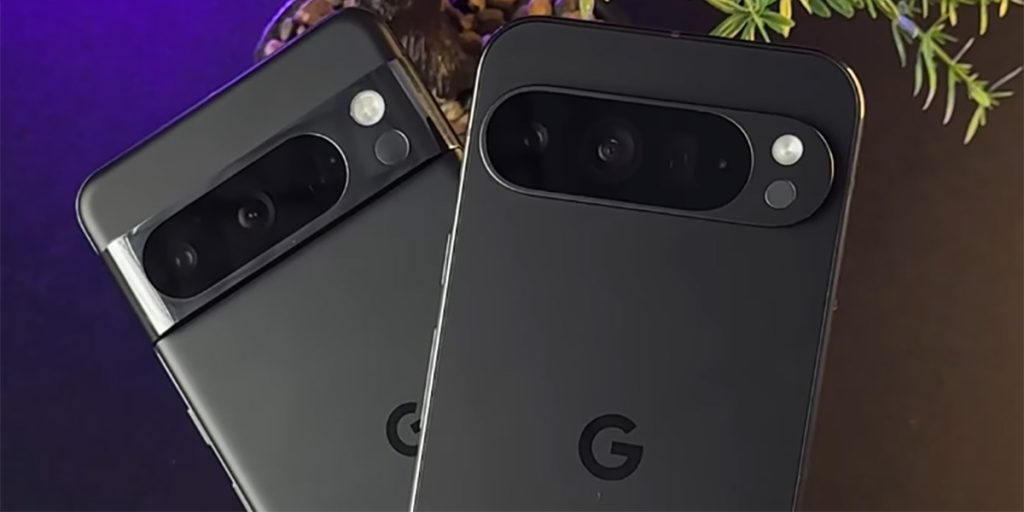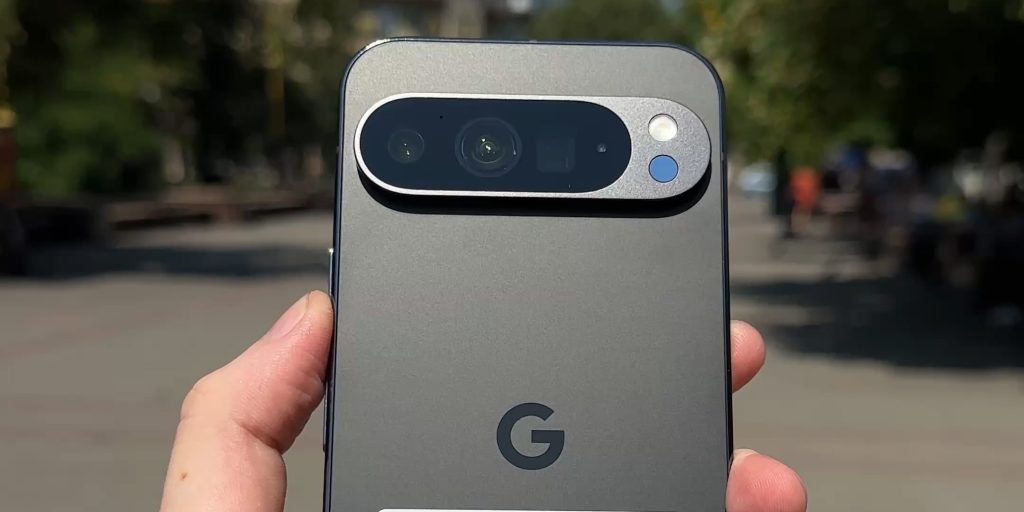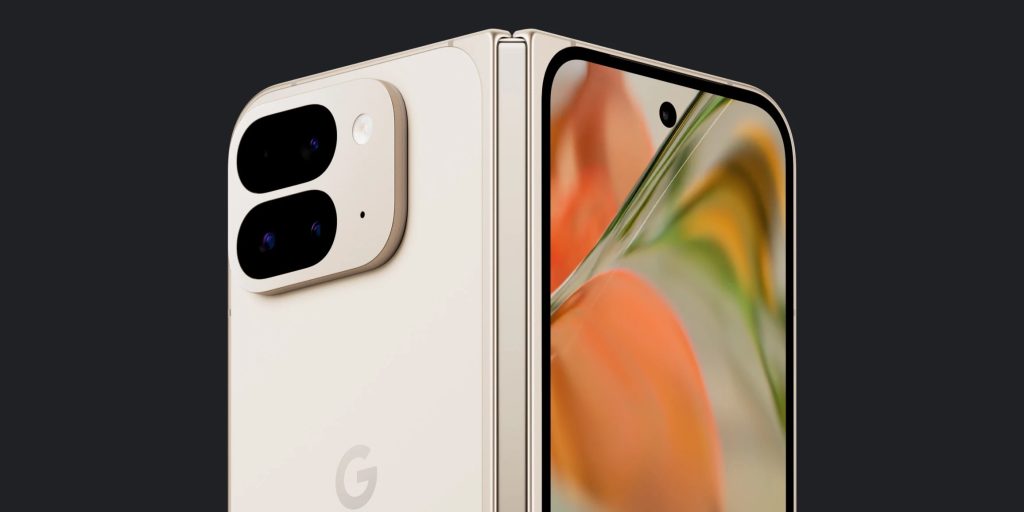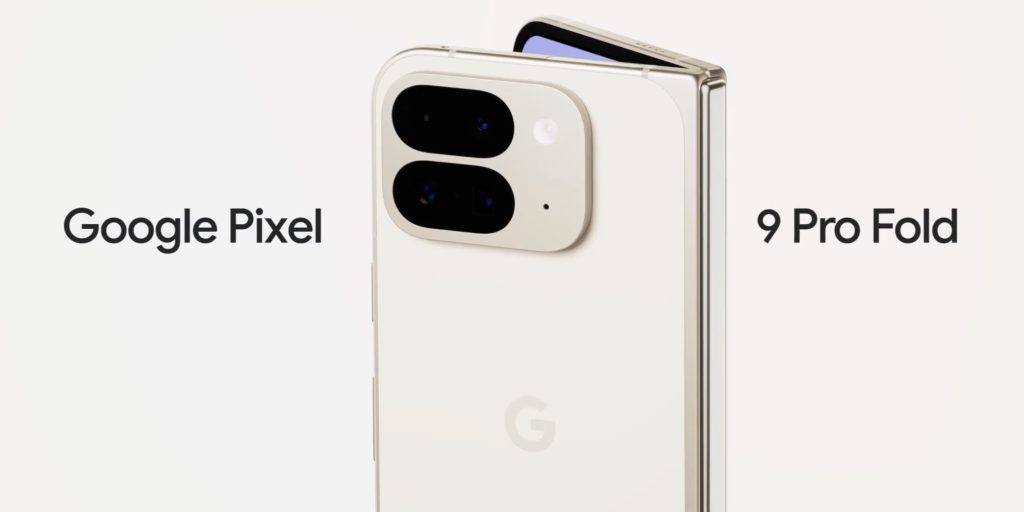As the launch of the Google Pixel 9 series approaches, you’re probably weighing whether to upgrade your phones or wait for the new models. Let’s explore what we can expect from the Pixel 9 series and how it compares to current alternatives.
Pixel 9 expectations
We really don’t have long to wait for the Pixel 9 series because Made by Google is coming super early this year. The device lineup is expected to bring several key advancements, continuing Google’s trend of AI integration and user-friendly design. For the first time, the lineup will include four devices: the Pixel 9, Pixel 9 Pro, Pixel 9 Pro XL, and Pixel 9 Pro Fold.
Let’s start with the slab or candy bar-style devices, as the foldable is in a slightly different category and, most importantly, a vastly higher price bracket.
To simplify, there is the “small” Pixel 9. This is expected to come with a 6.1-inch display. The Pixel 9 Pro will have a 6.5-inch screen, while the Pixel 9 Pro “XL” will have a 6.7 or 6.8-inch screen based on the early leaks.
We know that the design is going to be remixed for 2024. Google is opting to go for boxier designs that, frankly, give off iPhone vibes. The camera bar is being reduced to a pill-shaped protruding section at the rear of all of the Pixel 9 series handsets. The key differentiator is the finishes. So, the baby Pixel 9 has a glossy finish with matte side rails. It’ll be available in Obsidian, Porcelain, Cosmo, and Mojito or black, white, blue, and pink.
Matte finishes will be used on the rear of the Pixel 9 Pro and 9 Pro XL, but it will have glossy side rails. This duo will be available in Obsidian, Porcelain, Hazel, and Rose or black, white, green-ish, and pink.


The new Tensor G4 processor will be central to these devices, which promises enhanced performance, better artificial intelligence capabilities, and improved energy efficiency. To Google’s credit, each revision of the Tensor processor has brought about improvements. That said, there hasn’t been a quantum leap. This year looks no different and could be a fallow year for the processor before we get a bigger potential uplift once TSMC fabricates the Tensor G5 processor in 2025.
Some of the core specifications have leaked for the Pixel 9 Pro XL, which looks super promising. Firstly, there is confirmation that the Exynos 5400 modem will replace the Exynos 5300 that the Pixel 7 and Pixel 8 series currently utilize for wireless connectivity and, most importantly, satellite connectivity. One of the most important considerations here is how efficient this new modem will be. Maintaining reliable connections on previous Pixels has been a point of concern, so hopefully, it’s addressed with Exynos 5400.
It’ll also come with 16GB of RAM, the most memory ever used on a Pixel. That could be paired with 256GB of storage as standard, significantly increasing over the 128GB base storage found on Pixel phones today.
Battery and charging tech could finally see some improvements this year. We’ve been waiting for faster wired charging, and while it’s not confirmed that the Pixel 9 will support 45W across the board, regulatory leaks of a power brick touting those speeds and the device in question do hint that it will be available for the first time.
Another regulatory leak has all but confirmed the battery sizes and the real-world charging speeds. Notably, the Pixel 9 Pro features a 4,780 mAh battery with 25.20 W charging, while the Pixel 9 Pro XL has a 4,942 mAh battery with 32.67 W charging. The Pixel 9 Pro Fold has a dual-battery setup totaling 4,560 mAh and 20.25 W charging. So despite a 45W power brick existing, these regulatory listings suggest slower real-world charging on a Pixel once again.
Camera improvements are coming, but they will not be major upgrades or overhauls. If you want major camera upgrades, it might not be worth waiting for the Pixel 9 series.
The Pixel 9 Pro is set to retain the 50MP Samsung GNK main sensor from the Pixel 8 series, with specs including an ƒ/1.68 aperture and 82° FOV. Key upgrades include the use of the 50MP Sony IMX858 sensor for the ultrawide, telephoto, and selfie cameras, a significant enhancement from the previous 10.5MP selfie camera. Additionally, the Pixel Camera app is set to support 8K video capture at up to 30FPS, though it’s uncertain which models will feature this capability at this time.
One big question mark is whether the Pixel 9 series will launch with Android 15 pre-installed. The Android 15 Beta has practically ended with the Beta 4 release. It’s not a large update by any stretch. It continues the tradition of refinements and quality-of-life features since Android 12 launched in 2021. The “vanilla” version of Android 15 will come to the Pixel 6 series and newer handsets with features like Private Space, Adaptive vibration, and way more ready to roll.

Where the Pixel 9 might offer some differences is in the suite of AI functions. Rumors suggest that “Google AI” will provide some new features and functions like “Pixel Screenshots” that will utilize AI to search your on-device screenshots and pull data and contextual information.
Another touted feature of Google AI is “Add me.” According to screenshots, this camera function can “make sure everyone’s included in a group photo.” It could be an add-on or expansion of the Pixel 8’s “Best Take” function, which allows you to adjust subject facial reactions within group shots.
“Studio” is another new function within the Google AI suite. This is reportedly just the new name for the “Creative Assitant” app that has been detailed previously as an extension of generative AI tools. Interestingly, previously leaked screenshots briefly state that with Studio, you “imagine it” and “Pixel creates it.”
No other details have been shared on how this might be possible. Still, we could see some of the Imagen 2, VideoFX or Veo, and ImageFX functions applied here to enable the Studio feature on Pixel 9 series devices. We’re waiting to see if all of these functions will be limited to the Pixel 9 or might drip feed down to Pixel 8 and older.
The final upgrade is going to be a brand-new fingerprint scanner. Google will ditch the optical scanner and rely on an ultrasonic fingerprint reader. Most of Samsung’s best phones have been using these for a long time already and so it should mean even more accurate unlocks.
What about the Pixel 8a?

The current market offers solid options for those who need a phone immediately, particularly the Pixel 8a. However, it lacks some charm you might associate with the A-series. While I would advise most people to pick up the regular Pixel 8, this device is an excellent choice for those seeking reliability and high performance at an affordable price.
It’s priced at $499 and features the third-generation Tensor chip, so smooth performance and efficient multitasking are super easy. It has an especially high-quality display, and its price point and excellent camera software make it a strong competitor in that sub-$500 segment. Throw in the excellent 7-year software update promise, instant access to all the Android betas you can shake a stick at, and it starts to become an enticing little product. If you literally need a phone right now and can’t wait for the Pixel 9 you will be very happy with the Pixel 8a.
The Pixel 9 Pro Fold (or Pixel Fold 2)


For users interested in foldable technology, the Pixel 9 Pro Fold or the Pixel Fold 2, for simplicity, could be particularly enticing. It should combine more of the high-end Pixel lineup with the dual-use form factor, including a larger 6.29-inch front display and 8.02-inch inner screen. Google is ditching the passport form factor in favor of something more like the OnePlus Open. In fact, it’s eerily similar to that device.
Core specifications stack up well with the Pixel 9 Pro XL. Tensor G4 processor, 16GB RAM, 256GB base storage, but it’s the camera where things get slightly downgraded. Although we are waiting on information on what main sensor the Pixel 9 Pro Fold is utilizing, it’ll reportedly use the 64MP-rated Samsung 3LU ultrawide camera instead of the old Sony IMX386. The telephoto is going to be using the 10.5MP Samsung 3J1, too. The old Sony IMX355 selfie camera is getting ditched in favor of the 10MP-rated Samsung 3K1.
These downgrades over the Pixel 9 series could be due to limited space, but we’re sure it will offer exceptional stills and solid video recording when it officially becomes available. For most people, the cost alone is a reason they won’t look at the Pixel 9 Pro Fold. Foldables may be growing in popularity, but they still don’t have a huge market share.
Should you buy now or wait for the Pixel 9?
About upgrading: 9to5Google often gives specific product recommendations. Sometimes, we may suggest not upgrading, due to various reasons including, but not limited to: increased device cost, negligible performance gains, or environmental impact. Whether to upgrade is always your call, but our aim is to help you make as informed a decision as possible.
The decision to wait for the Pixel 9 series or purchase a phone now largely depends on individual needs and circumstances. If your current phone is outdated or malfunctioning, the Pixel 8a offers a robust and affordable solution that won’t disappoint.
However, if you can wait up to a month or so, the Pixel 9 series promises substantial advancements that could justify the delay. Additionally, the release of the new models may lead to price reductions on existing devices, providing further savings. For those excited about the latest technology, especially in the realm of foldable phones, the Pixel 9 Pro Fold could be worth the wait, offering a big step forward and improvements over the original Google foldable.
The leaked European prices for Google’s upcoming Pixel 9 series reveal that the Pixel 9 will start at €899, the Pixel 9 Pro at €1,099, the Pixel 9 Pro XL at €1,199, and the Pixel 9 Pro Fold at €1,899.
In summary, the Pixel 9 series, with its expanded lineup and advanced features, is likely to be a worthwhile investment for those who value the latest technology. For those needing a reliable device now, the Pixel 8a remains an excellent choice, providing high performance at a competitive price.
Incentives and free gifts make the current-gen Pixel 8 and 8 Pro a solid option for most people; as you get long-term updates and a stable Android 15 experience. Besides some of the AI functions the experience will likely remain largely the same.
Even if you have little to no interest in the Pixel 9, it’s worth waiting until after Made by Google before you pull the trigger on another device. We’ll learn more about what upgrades are due, plus this has an added benefit: pre-order bonuses will be confirmed, and any existing models will come down even further in price as a fire sale takes place. It’s a win-win, and we would highly recommend it each and every year.
What are you going to do?
Are you considering waiting for the Pixel 9 series or purchasing a current model? Share your thoughts and experiences in the comments below! If you’re leaning towards a new purchase, check out the latest deals on Pixel devices. Your feedback and questions are always welcome—let’s discuss the future of Google’s smartphones together.
FTC: We use income earning auto affiliate links. More.
